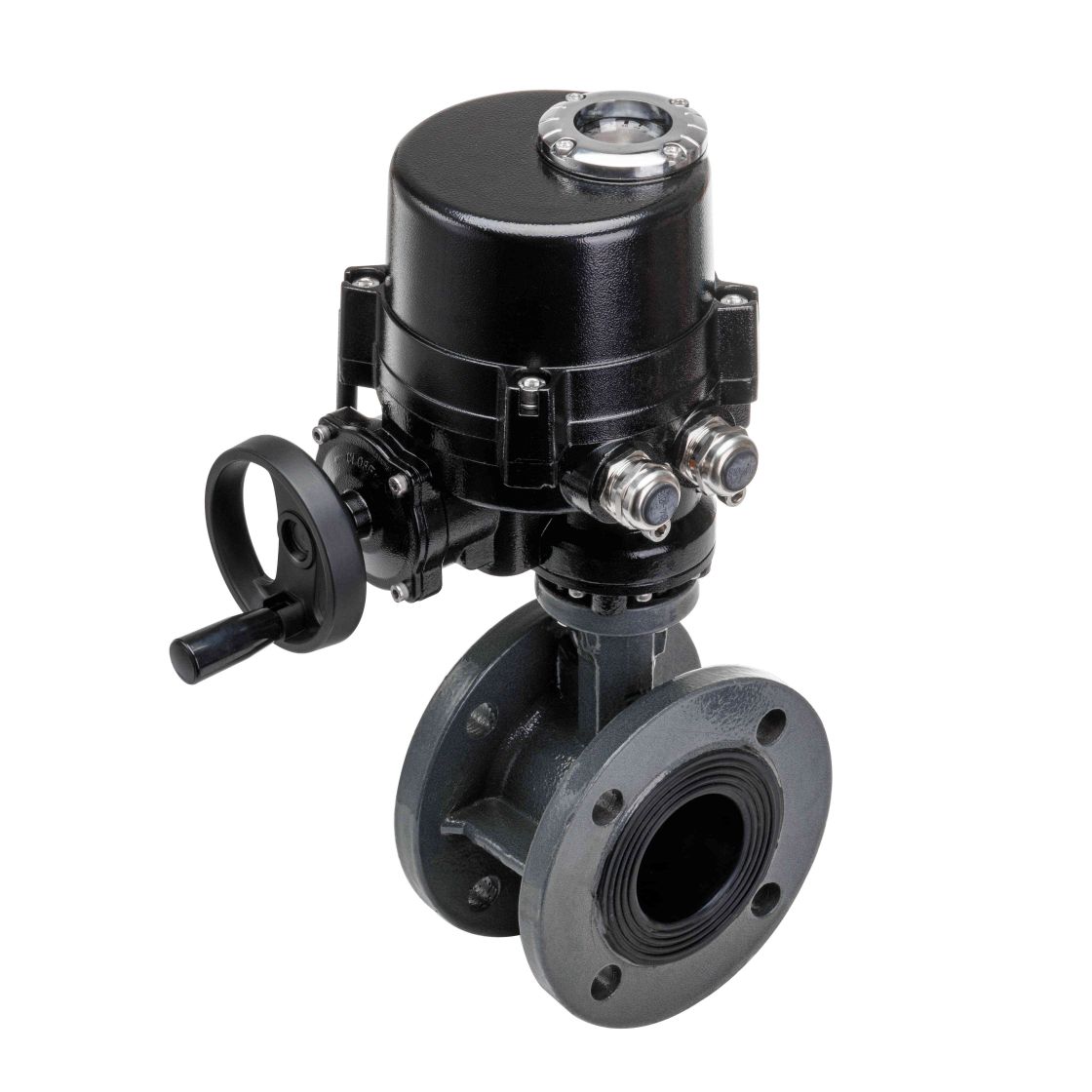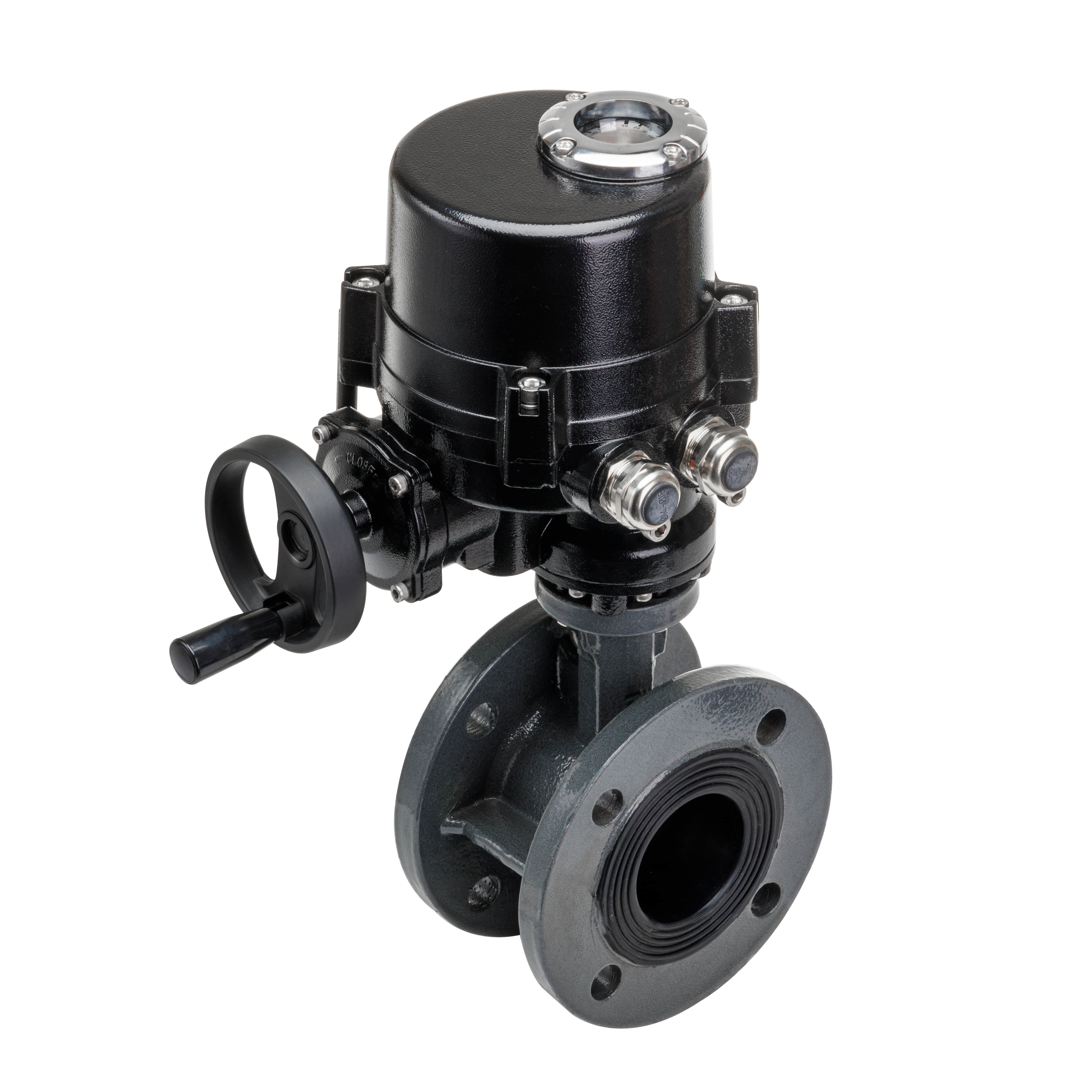
While the WCB electric ball valve is designed for durability and long-term performance, regular maintenance is essential to ensure it continues to operate at peak efficiency. Proper maintenance helps to prevent unexpected breakdowns, reduce downtime, and extend the life of the valve. Below are some tips for maintaining and troubleshooting WCB electric ball valves:
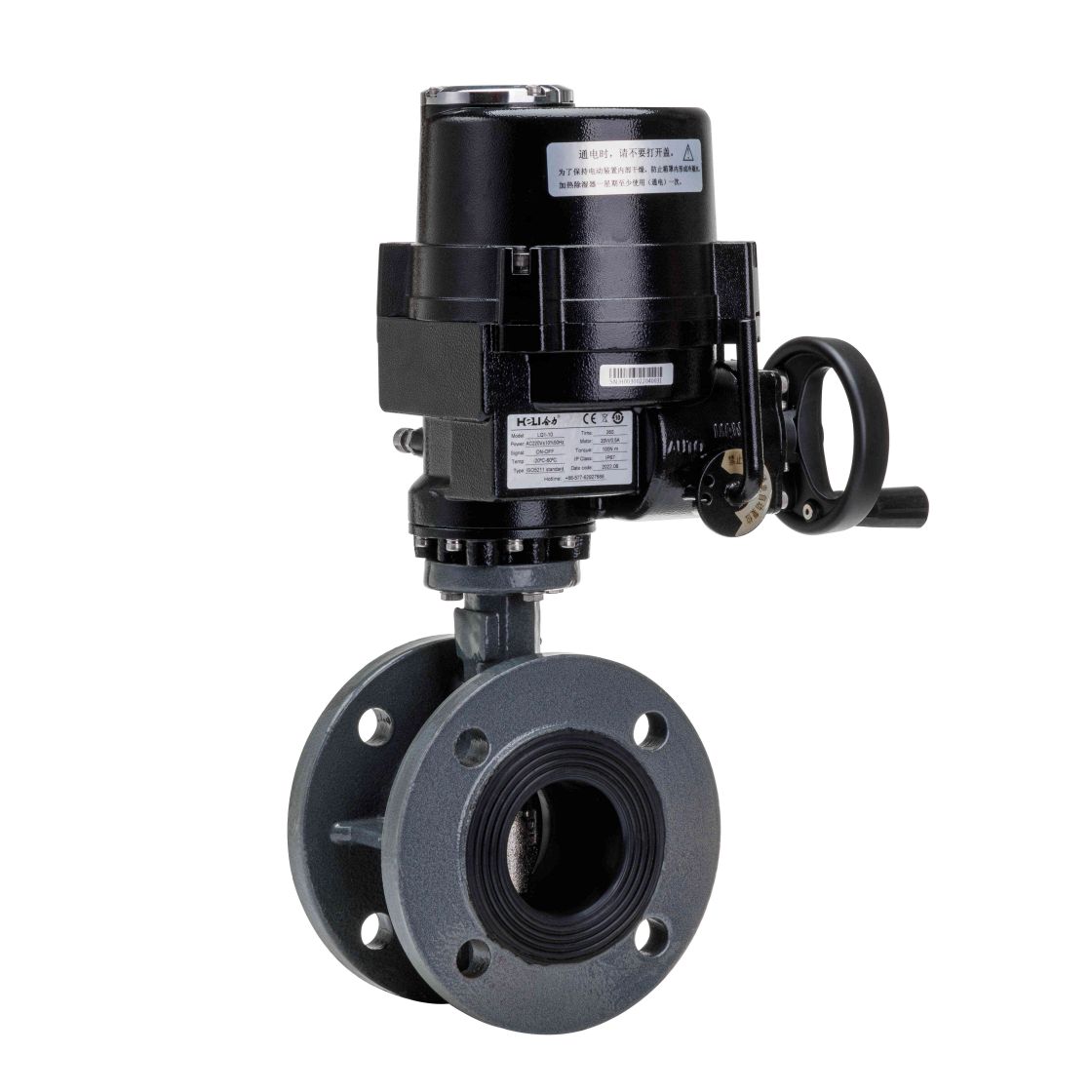
Regular Inspection: Visual inspection is the first line of defense in detecting potential issues. Check for signs of wear, corrosion, or leaks on the valve body, actuator, and connection points. Early detection of such problems allows for prompt repairs before they affect valve performance.
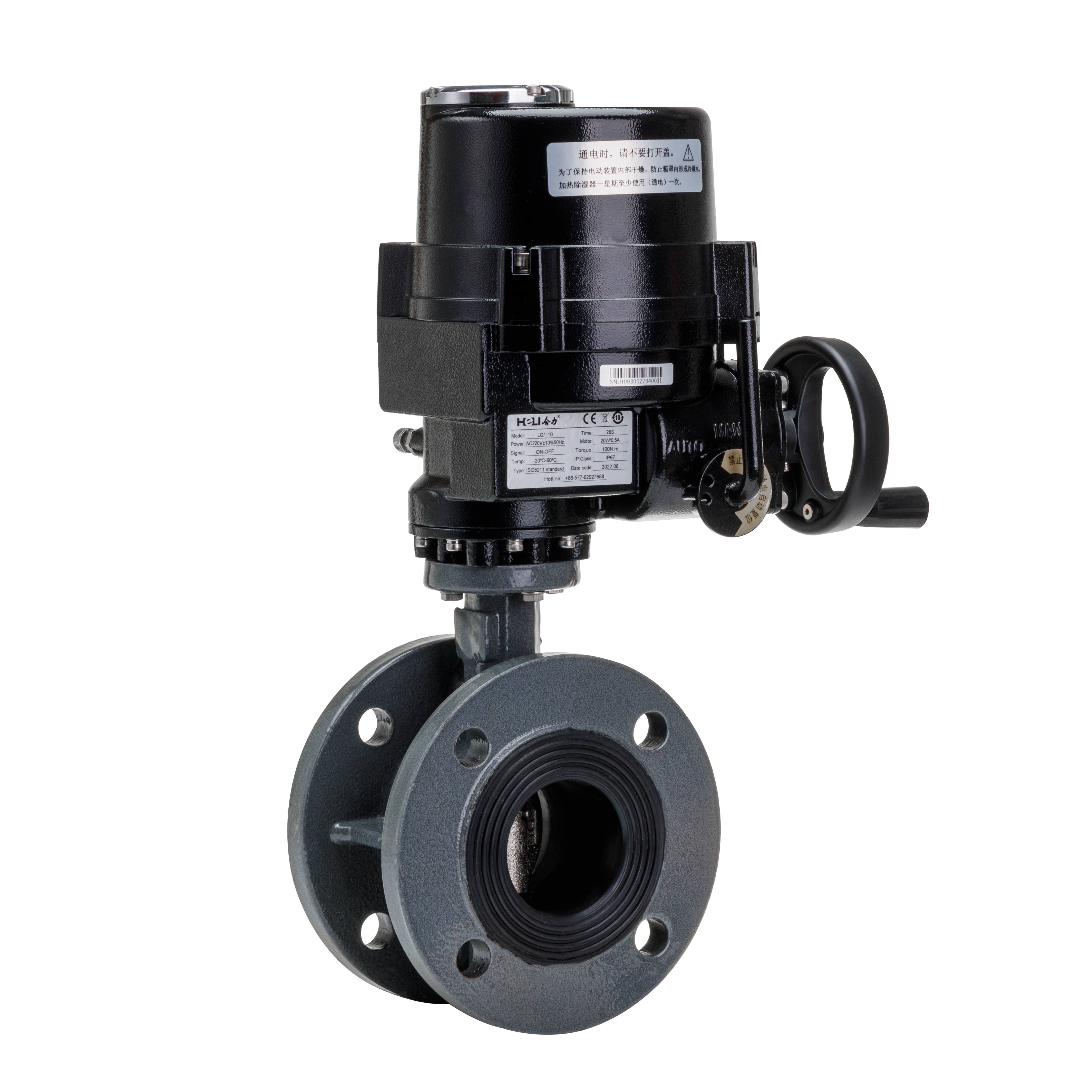
Lubrication: The valve's moving parts, particularly the ball and actuator, should be periodically lubricated to reduce friction and wear. This is especially important for valves in high-temperature or high-pressure environments where metal components may experience increased stress.
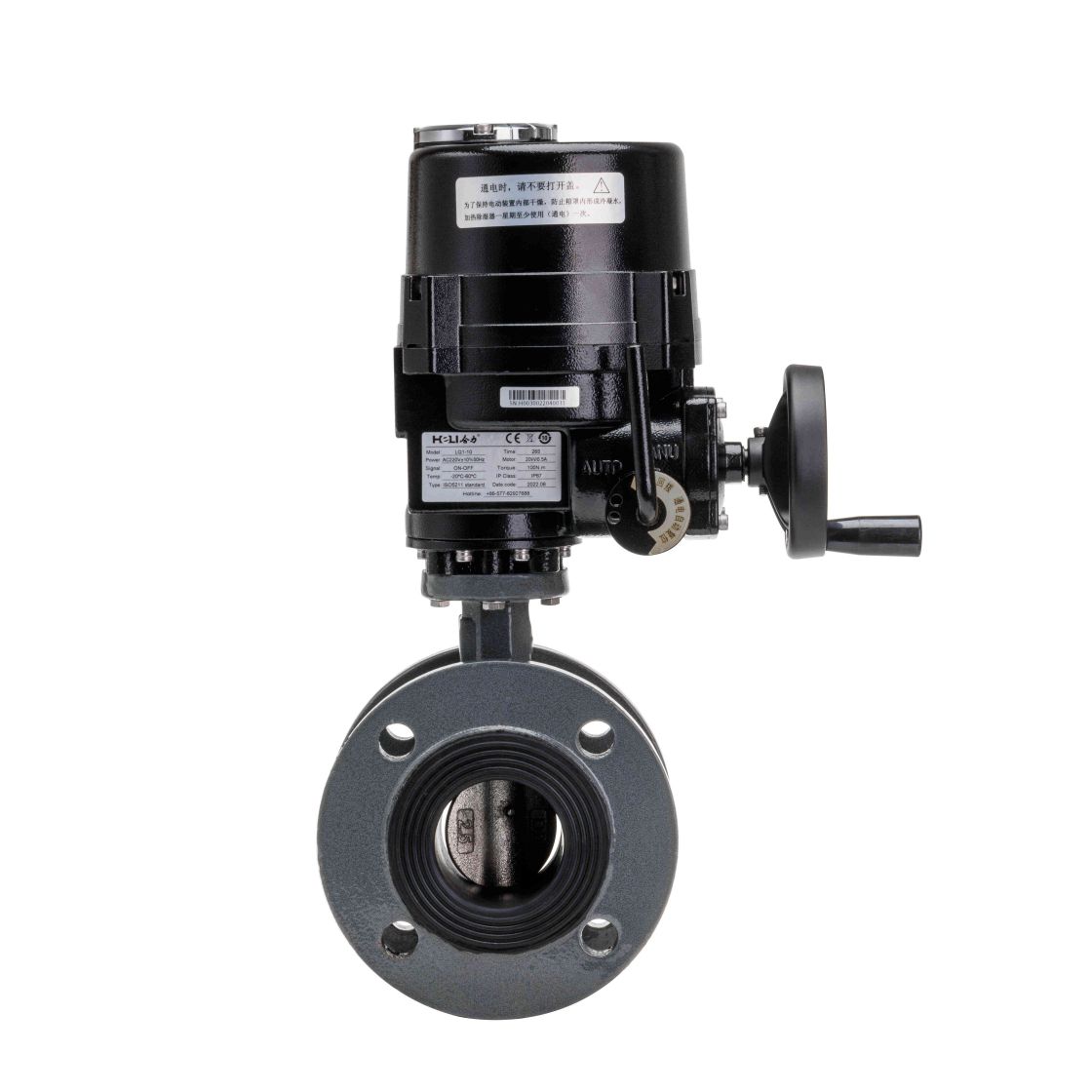
Check Electrical Connections: Since the WCB electric ball valve operates with an electric actuator, it’s crucial to check electrical connections for proper voltage and ensure there are no loose wires or corrosion. Faulty electrical connections can lead to improper actuator operation and potential failure.

Test the Actuator: To ensure proper valve operation, the actuator should be regularly tested to verify that it is correctly responding to control signals and smoothly opening and closing the valve. If there is any sluggishness or failure to reach the fully open or closed positions, the actuator might need recalibration or replacement.
